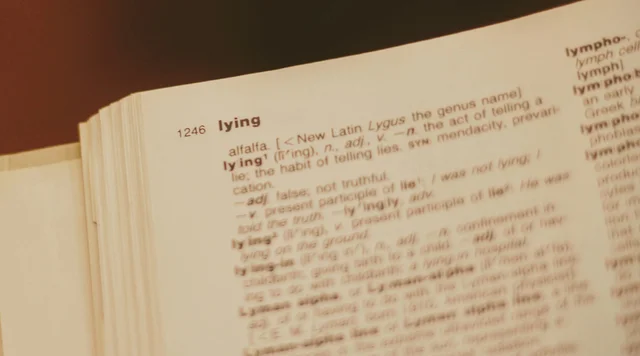When one prior art reference incorporates another, parties often prefer to argue that they form a single reference under an anticipation analysis, rather than asserting them as an obviousness combination. After all, who wants to deal with motivation to combine and secondary considerations of non-obviousness if they don't have to?
But there is a risk. The primary reference truly has to incorporate—not just cite—the secondary reference, which not the most common situation. If the first reference merely cites the second, the court will likely find that they cannot be treated as a single reference.
Judge Andrews addressed that situation this week, when faced with a Daubert motion to strike an expert opinion that treated two references as one in its anticipation analysis:
Plaintiffs seek to exclude any anticipation arguments from Defendant’s expert, Dr. Russell, that rely on the incorporation-by-reference of the Harris ‘462 Patent into the 2000 Shearwater Catalog. . . . The 2000 Catalog explicitly cited to the Harris ‘462 Patent in a footnote.
He ultimately struck the opinion:
The catalog cited by Dr. Russell references the ‘462 Patent in a single footnote. . . . There is no language implying that the patent is incorporated into the catalog or otherwise directing readers of the catalog to the contents of the ‘462 Patent. . . . Defendant relies on the fact that the ‘462 Patent is a “prominent citation” and that the ‘462 Patent and the 2000 Catalog have common ownership. . . . However, these factors cannot overcome the fact that the ‘462 Patent is cited as a footnote reference with none of the “detailed particularity” that the standard requires. . . .
Plaintiffs brought this as a Daubert motion, but a motion for summary judgment of no anticipation by the combination seems like an equally good fit.
If you enjoyed this post, consider subscribing to receive free e-mail updates about new posts.





